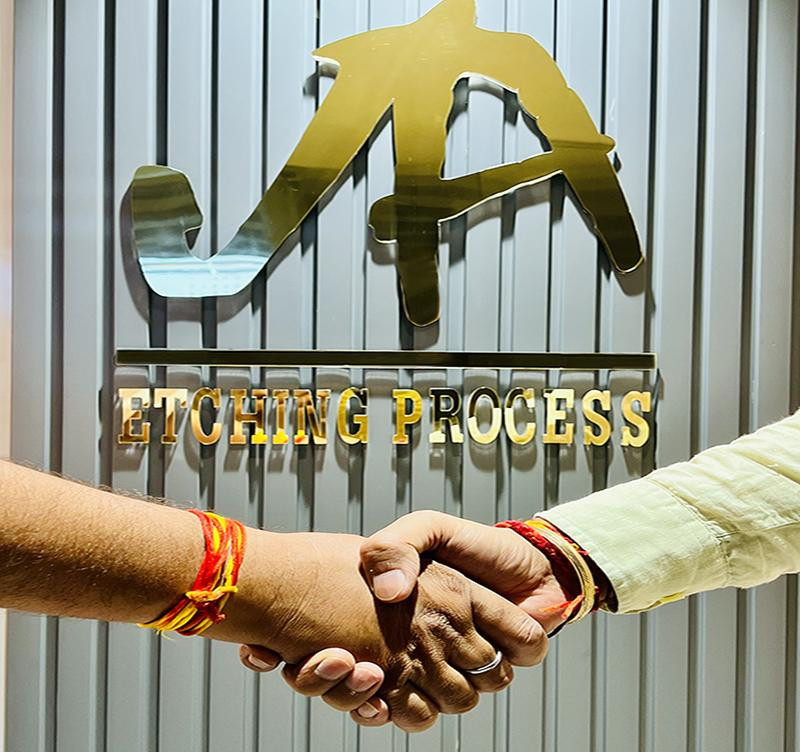In recent years, 5-axis laser texturing has emerged as a cutting-edge technology in manufacturing, offering precise and versatile surface texturing capabilities. However, like any advanced manufacturing process, implementing 5-axis laser texturing solutions comes with its own set of challenges. Addressing these challenges effectively is crucial for maximising the benefits of this innovative technology. In this article, we delve into some of the common hurdles faced in implementing 5-axis laser texturing solutions and strategies to overcome them.
Common Challenges in Implementing 5-Axis Laser Texturing
Here are some common challenges in 5-Axis Laser Texturing with how to overcome this challenge.
1. Precision and Calibration
- One of the primary challenges in 5-axis laser texturing is ensuring precision and accuracy in the texturing process. Achieving the desired surface texture requires meticulous calibration of the laser system, as well as precise control of the positioning and orientation of the workpiece. Any deviation or inconsistency in calibration can lead to defects or inaccuracies in the textured surface.
How to fix: To overcome this challenge, manufacturers must invest in advanced calibration techniques and high-precision equipment. Regular maintenance and calibration checks are essential to ensure optimal performance. Additionally, employing advanced simulation software can help predict and optimize the texturing process, minimizing errors and improving overall precision.
2. Complex Geometries
- 5-axis laser texturing offers unparalleled flexibility in creating intricate surface textures on complex geometries. However, the complexity of the part geometry can pose challenges in achieving uniform texturing across the entire surface. Variations in curvature, angles, and surface orientations require careful planning and optimization to ensure consistent texture quality.
How to fix: To address this challenge, manufacturers can leverage advanced CAD/CAM software tailored for 5-axis machining. These software tools enable comprehensive simulation and analysis of the texturing process, allowing engineers to identify potential issues and optimize toolpaths for complex geometries. Additionally, adaptive machining strategies can dynamically adjust laser parameters based on real-time feedback, ensuring uniform texture quality across diverse surfaces.
3. Material Compatibility
- The effectiveness of laser texturing can vary depending on the material composition of the workpiece. Certain materials may exhibit undesirable effects such as melting, recasting, or thermal damage during the texturing process. Moreover, the surface properties of different materials can impact laser absorption and energy transfer, affecting the texture quality and efficiency of the process.
How to fix: To mitigate material compatibility issues, manufacturers should conduct thorough material testing and characterization prior to texturing operations. Understanding the thermal properties, reflectivity, and absorption characteristics of various materials can help optimize laser parameters for enhanced performance and texture quality. Additionally, exploring alternative laser sources or auxiliary cooling systems can expand the range of materials compatible with laser texturing processes.
4. Surface Finish and Texture Control
- Achieving the desired surface finish and texture consistency is essential for meeting quality standards and aesthetic requirements in various industries. However, controlling the texture depth, roughness, and pattern fidelity can be challenging in 5-axis laser texturing, especially when dealing with intricate designs or fine details.
How to fix: To overcome this challenge, manufacturers can employ advanced process monitoring and feedback systems to dynamically adjust laser parameters during texturing. Real-time surface inspection techniques such as optical profilometry or laser scanning can provide valuable feedback for optimizing texture quality and consistency. Additionally, implementing closed-loop control systems enables automatic adjustment of laser parameters based on desired texture specifications, ensuring precise and uniform results.
Implementing 5-axis laser texturing solutions presents a myriad of challenges, ranging from precision and calibration to material compatibility and texture control. However, with careful planning, advanced technology, and strategic optimization strategies, these challenges can be effectively addressed to unlock the full potential of laser texturing in manufacturing. By overcoming these hurdles, manufacturers can achieve superior surface textures, increased productivity, and enhanced competitiveness in today's demanding market landscape.

